Rethinking the Starter Home
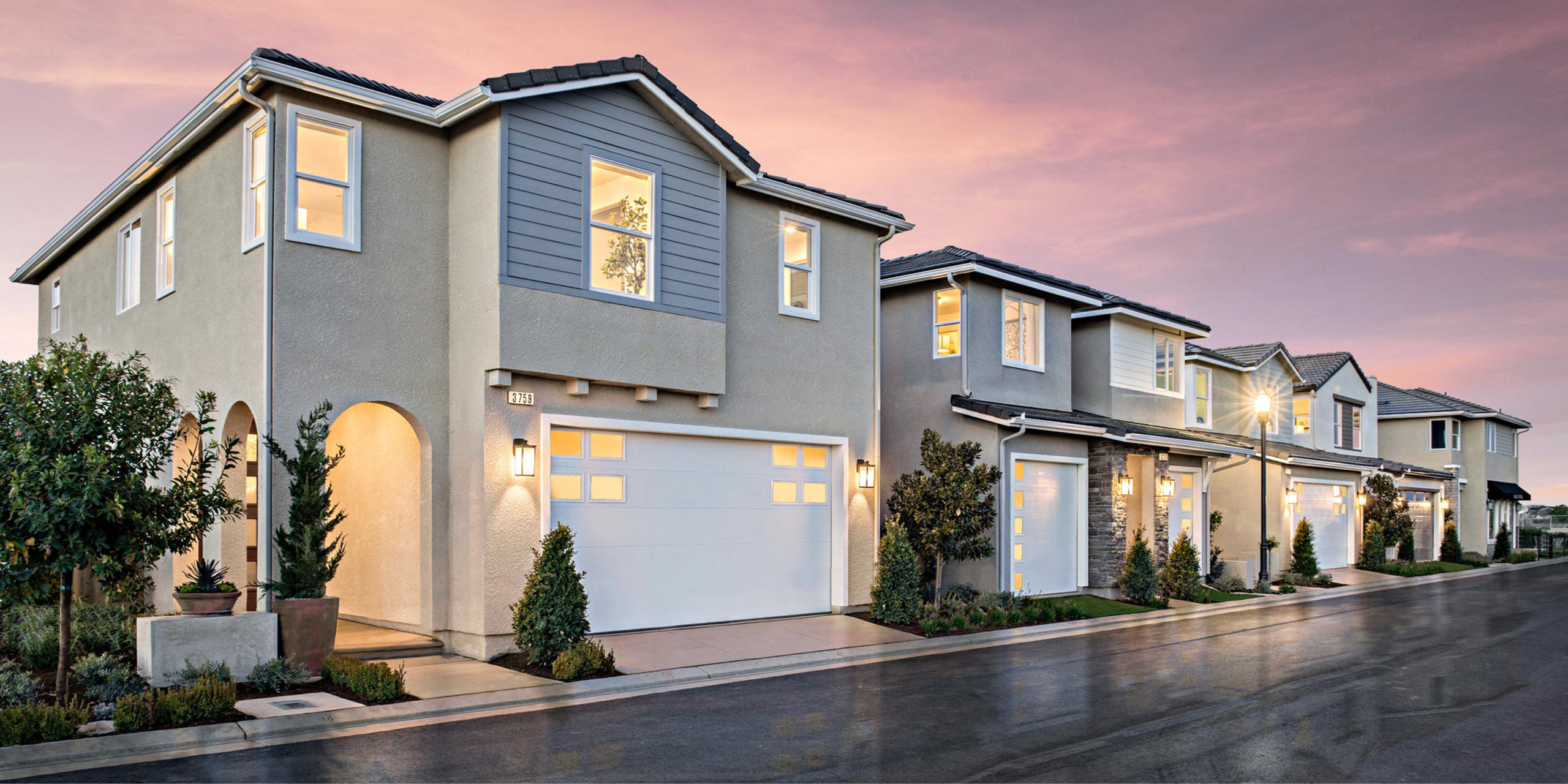 New Elevations | Fresno, CA
New Elevations | Fresno, CA
The starter home: /stärder hōm/ (n.): a relatively small, economical house that meets the requirements of young people buying their first home, and typically helps to build equity for a future purchase of a bigger, more established home.
In 1990, the average starter home was approximately 1,400 square feet, and ranged from “$99,000 to $125,000, or around $200,000 in today’s dollars” (The New York Times, 2022). As we enter 2023, this definition, to many prospective first-time buyers, can sound more like this:
The starter home: /stärder hōm/ (n.): a home with a price tag that many young first-time buyers can’t fathom affording, while the square footage of these starter homes seems to shrink as years go by.
An article by the Los Angeles Times in 2022 covers what $500,000 can buy you in Los Angeles County. The verdict: all the homes listed in the article were under or equivalent to ~1,000 square feet. The homes that were featured in the article were all in that $500K price range (not to mention additional hundreds in monthly HOA fees) and failed to stand against the traditional starter home we saw popular in the 1990s and early 2000s. Additionally, many of the homes discussed, as well as many of the neighboring properties fail to stand as move-in ready; tacking on another $50,000+ in necessary renovation costs. Once the young homeowner is moved in and living in Los Angeles, the price tag on these miniscule homes is closer to $700,000, according to LA Times.
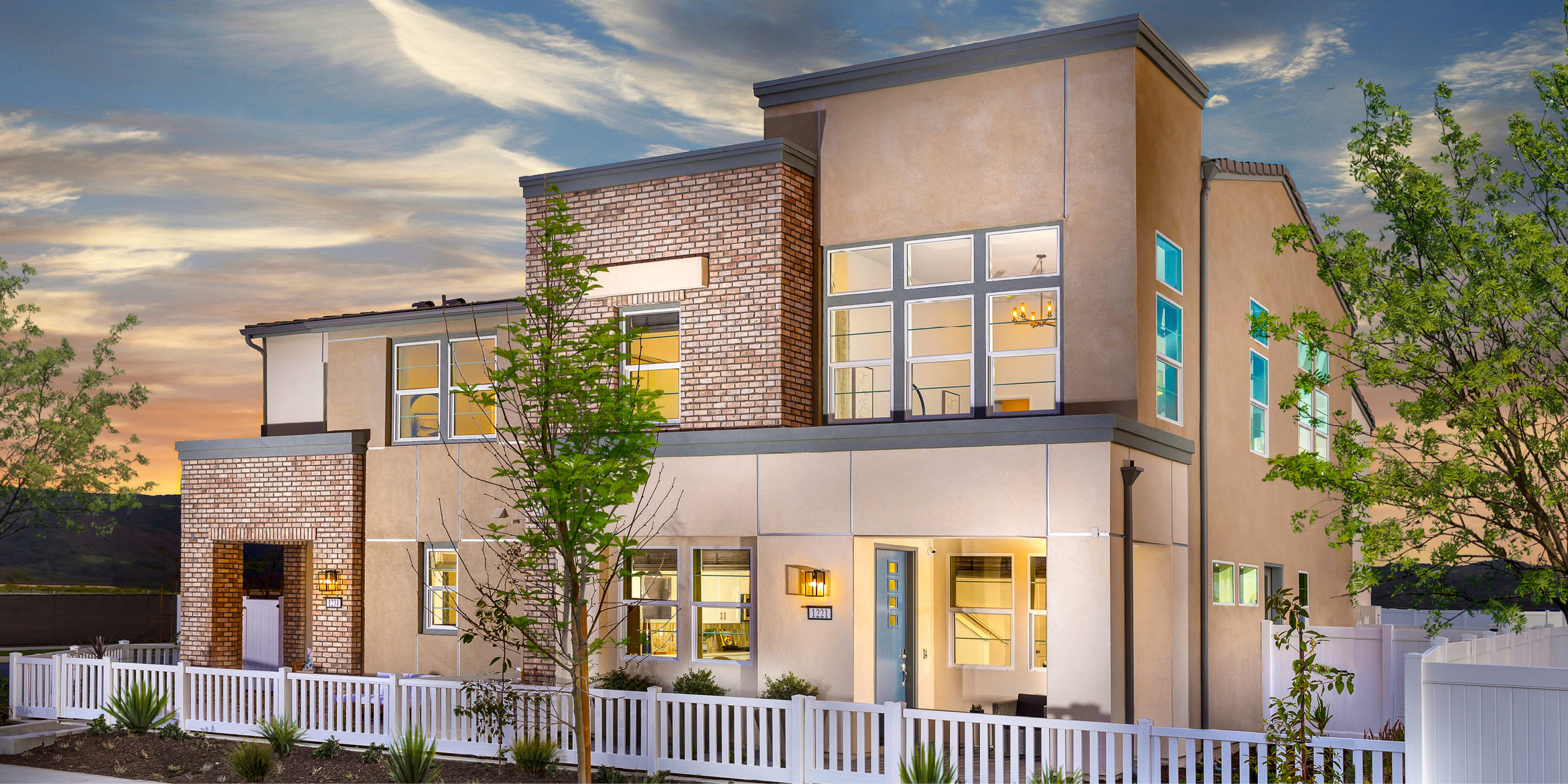 Harvest at Rienda | Rancho Mission Viejo, CA
Harvest at Rienda | Rancho Mission Viejo, CA
In a quick glimpse at the current California housing market, it was concluded by The California Association of Realtors that the median home price in California increased 5.7%, from $786,700 in 2021 to $831,460 in 2022. As California homes creep up in price, the redefining of the modern-day starter home is beginning to look less and less like the traditional starter home; and many Californians are getting creative.
The starter home is an ever-changing typology of a home. In earlier years, rooms were added onto spacious lots, garages, and carports were brought in as cars became a necessity, and even secondary units were added to rent as supplementary income. “It’s flexible, it’s malleable, and it allows for improvement, investment and change over time,” said Marta Gutman, dean of the City College of New York’s Spitzer School of Architecture. As history repeats itself, we must continue to reinvent what the “starter home” looks like to accommodate the affordable, entry-level dwellings folks are searching for. Analyzing the various typologies of a home can dictate its direction in coming years. To uphold the original definition of a starter home, it may simply come with the changing of times that this definition can no longer be applied to the spacious single-family detached dwelling we have once tied it to. Again, townhomes, duplexes, and rowhouses can, and are, being tailored and marketed to fit the needs of the “starter home” candidate.
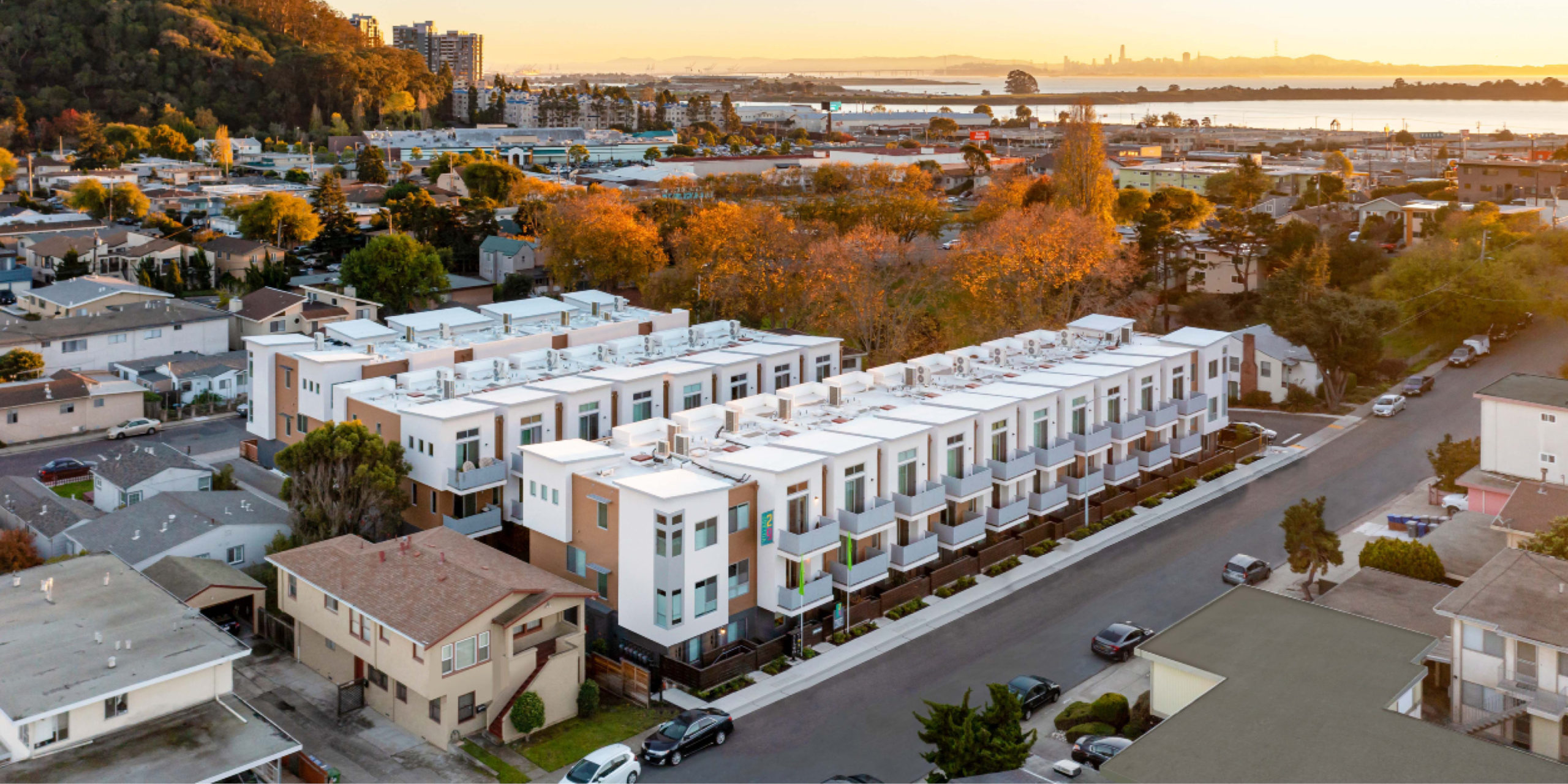 Village 29 | El Cerrito, CA
Village 29 | El Cerrito, CA
If the new “starter home” looks more like a condominium or townhouse and less like a white picket fence and large yard, many folks looking to buy their first home could actually have a shot- as long as they agree to the format of higher density, less frontage, and perhaps a redefined look at what it means to purchase a “starter home”.

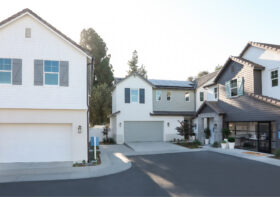
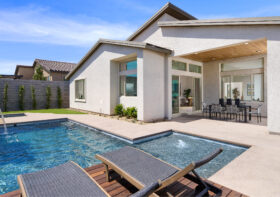
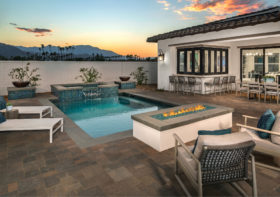
Leave a Reply